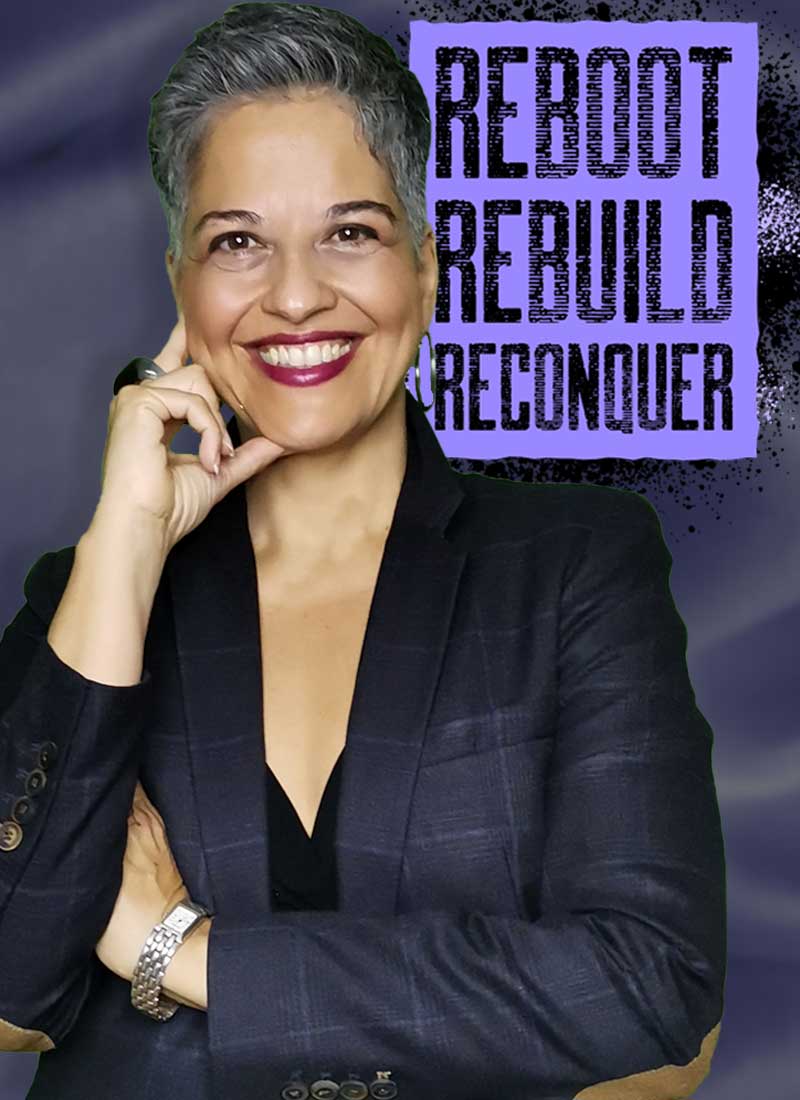Many discussions we have had recently have centred around that topic of diversity management and the effectiveness, or not, of women’s networks.
It is not uncommon for organisations starting their diversity management journey to come across resistance in the understanding of why diversity is required at all. In fact, I would also second that point of view. If we have been successful as we have been until now, what is the point of us changing? Change is not something that all of us take to easily (in fact, only 20% of the population enjoys change at work – more about that on another article. …).
So why go through this whole diversity “stuff”. Well, diverse teams are 66% more effective at problem solving, according to research by Charles D Ridder – teams that utilise Whole Brain Technology (which identifies individual mental preferences based on a validated assessment) and are whole-brained fall into the effectiveness range. Cognitive diversity is thus the result of teams constituted by individuals of different mental preferences, where gender does play a role (if you want more on this read Breaking the Gender Stereotypes) as well as experience. Gender-balanced and ethnically diverse teams are thus critical – as different value-systems, mental preferences and individual identities constitute the powerhouse of innovation.
The challenge to a lot of businesses is the fact that diversity management is initially approached with the creation of women’s networks, or affinity groups. In the short term, the momentum created within the businesses that persist in setting their affinity networks despite initial resistance, leads to a general sense of positive change as women feel more supported.
Our experience has been that despite best intentions, these affinity groups run out of steam. Internal metrics of increasing female representation in leadership positions start to falter; mentoring circles, well, become stale and solid. Why? Well, what seemed to be a breakthrough idea run dry because the network was simply not aligned to business objectives and did not contribute to the delivery of the organisation’s vision.
What do you need to do to avoid this happening within your organisation?
Align with corporate strategy
Align the network’s objectives with the organisation vision and strategy. If your vision is to become the world’s premier consulting group in a particular segment, then the network should be accountable and contribute to that mission.
Incorporate working groups to particular business functions
Utilise the power of the women’s network in creating work-groups to problem-solve or generate new ideas/ approaches to developing the business. Quite evidently Human Resources and Talent Management are an obvious area where targeted work-groups with the objective of reducing attrition, increase retention, enhance engagement within the organisation can deliver measurable results.
Take an entrepreneurial stance
Invest in the women’s network, or other affinity group, as if you were a venture capitalist investing in an entrepreneurial venture. To sponsor the activities, ensure the returns are communicated tangibly. Even such “soft” concepts such as engagement can be measured in behavioural and attitudinal fashions. Set these expectations: X investment = Y returns. Mentally the organising committees/structures will then run their activities as a business, with measurable results and, in the long term, beneficial case-studies of success.
Invest in Dedicated Resource
Very often, these affinity networks are run by professionals who have a “day-job”. That is counter-productive and an obvious indicator of organisations where Diversity Management is not strategically aligned to the business. Dedicated, committed resource is required to design and implement such a wide-ranging initiative.
This article may seem to have a hard-nosed approach to managing Diversity. However, it is critical for any business to take such an approach if it is to make long-lasting, beneficial, and cost-effective change to improve the competitive stance of the business.
